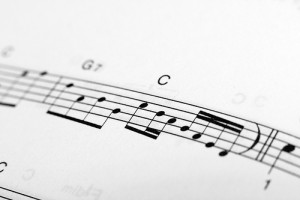How to Use Music as a Viable Learning Tool
Research has conclusively shown that music helps children (and adults too, for that matter!) study and retain information. Using elements of music, such as melody and words of an audio recording, has been shown to improve the academic performance of students again and again.

Educational music, where music is used as a teaching method, comes in a variety of formats and styles: improvisational music, video/audio recordings, sheet music, and others. Educational music is not to be confused with children’s music, which is a different genre altogether, although most of the educational music available today is indeed geared towards children.
Incorporating music in the classroom has been shown to raise student scores in standardized state tests, reduce the number of students referred to the office on disciplinary grounds, and heighten rates of class attendance. The importance of music education should not be underestimated – it can contribute to long-lasting results when it comes to memorization skills, and may be able to achieve success where other educational methods fall short.
Kids who play musical instruments or who are otherwise musically trained have been shown to have a better verbal memory, when compared to students of the same demographic with no musical training. Music penetrates a place in our mind and brain that is perhaps deeper and more in sync with our natural rhythm, as opposed to the classic and traditional classroom dynamic.

Music connects us emotionally, and manages to hit certain spots deep within ourselves (sometimes only unconsciously) which activate and stimulate our minds. We all have a sort of life playlist or soundtrack, in which we associate certain songs, words, and melodies with specific events and occurrences. It can also help us learn things faster, and retain those pieces of information for longer periods of time.
No comments yet.